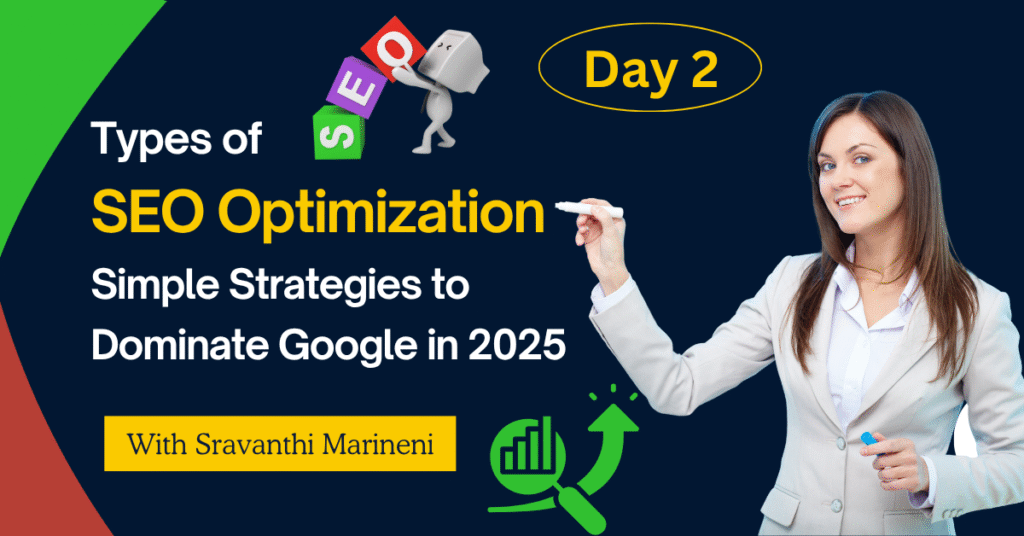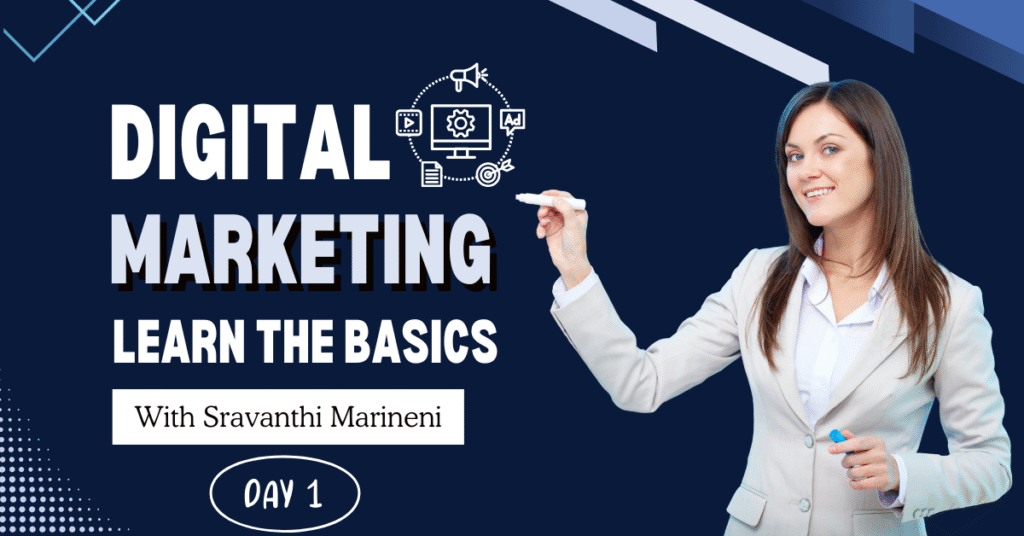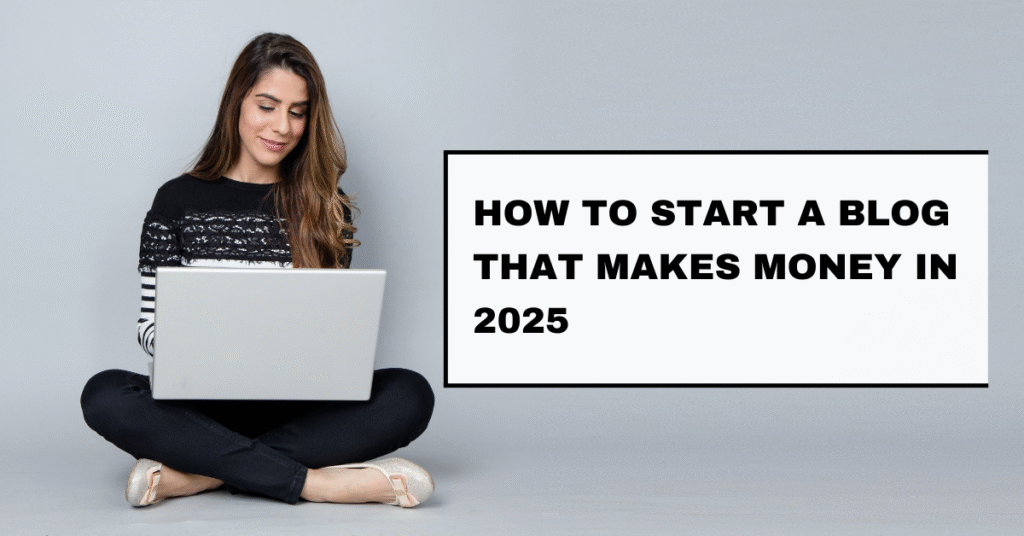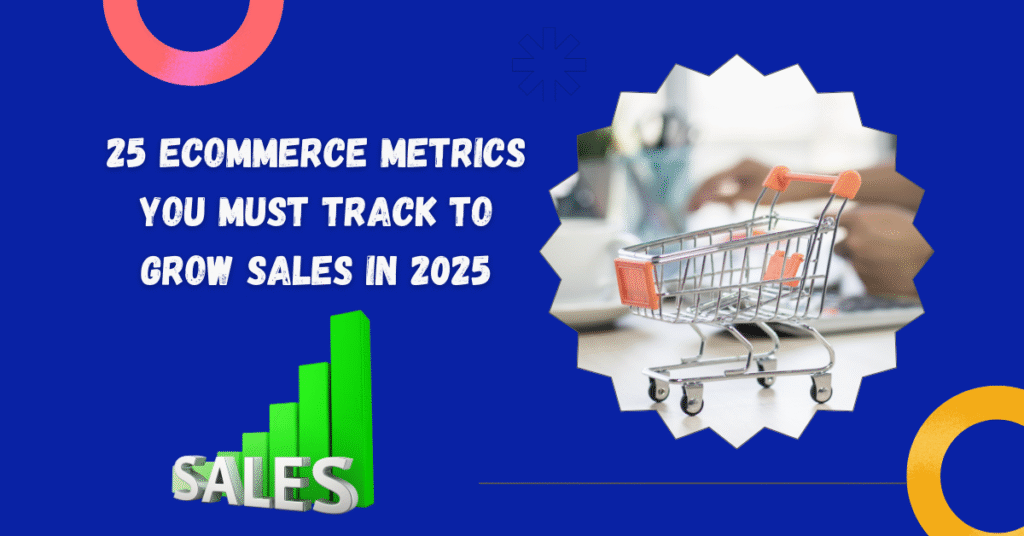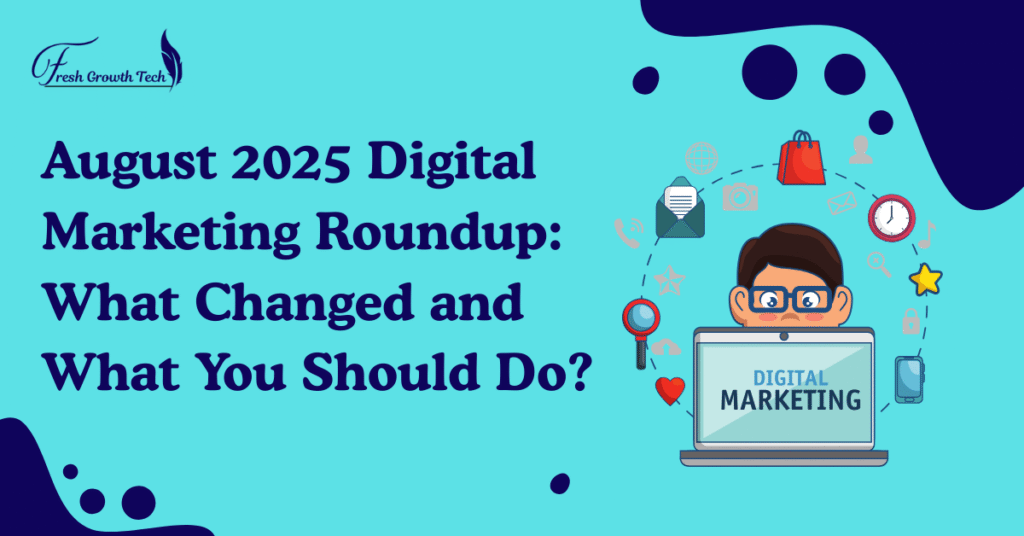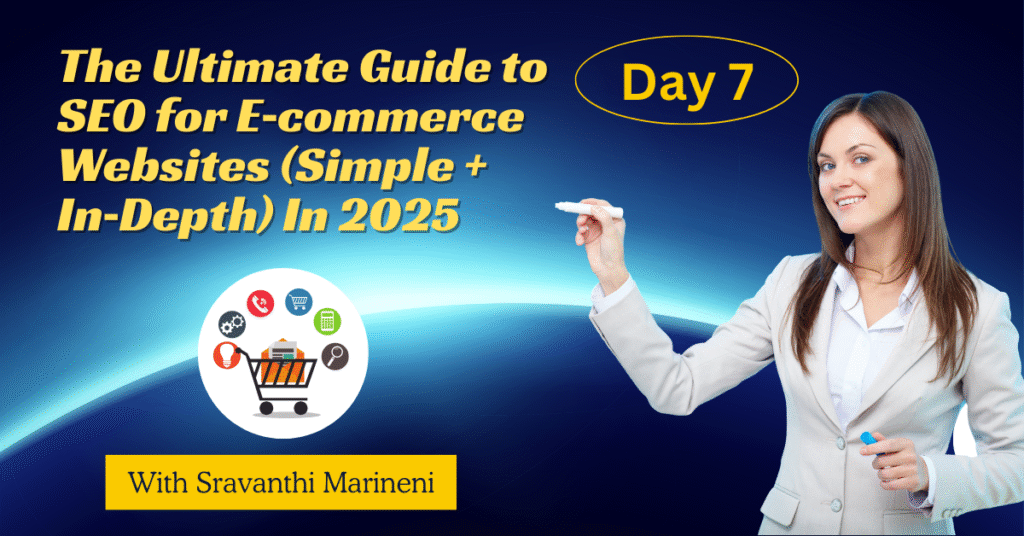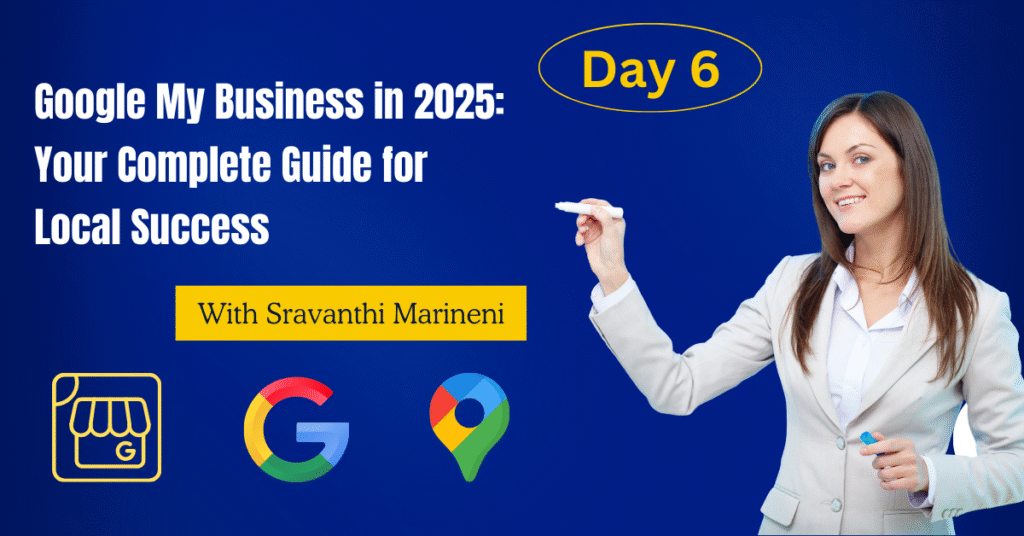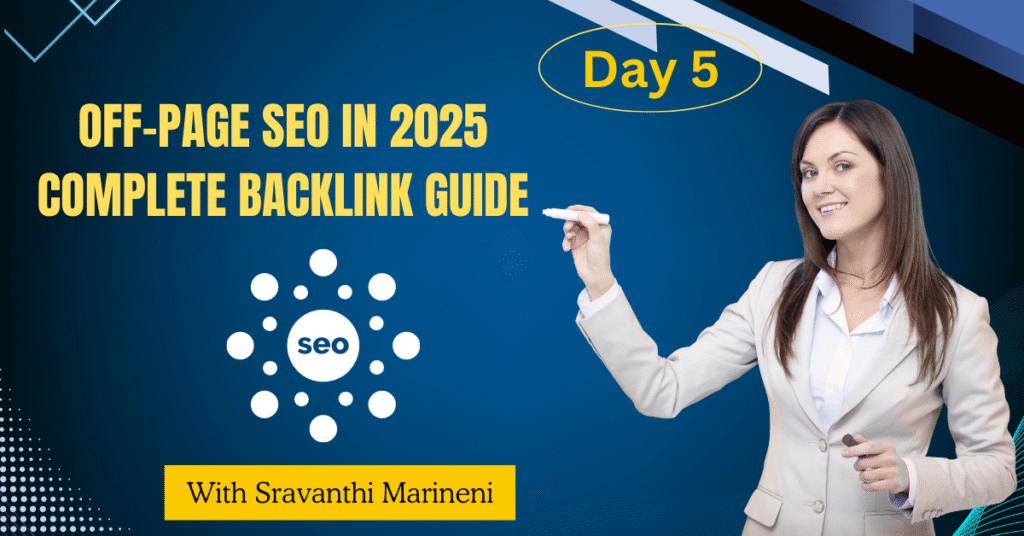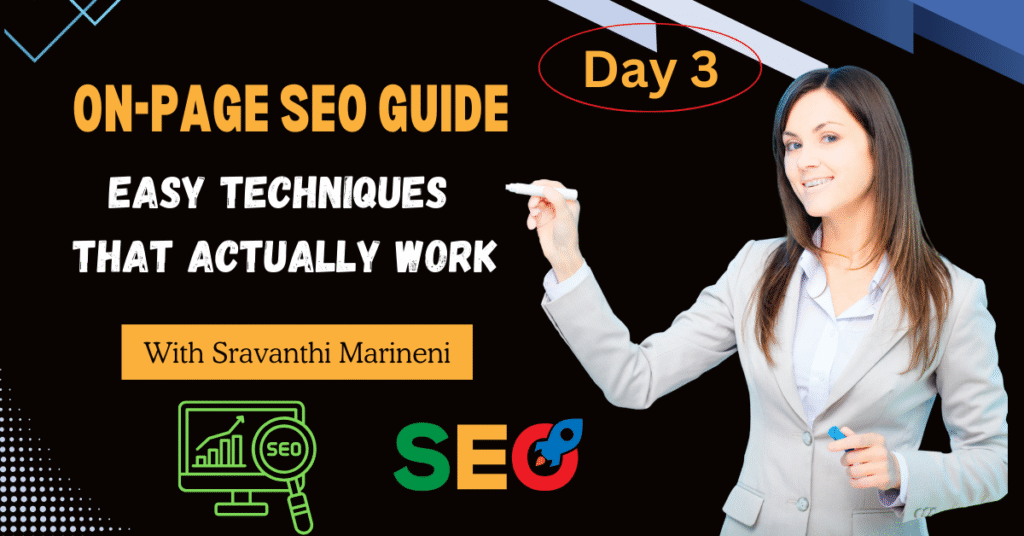Types of SEO Optimization: Simple Strategies to Dominate Google in 2025
Introduction Today, everyone uses the internet to search for answers, products, and services. Because of this, SEO, which stands for Search Engine Optimization, has become one of the most important tools for any website or business. If you want more people to visit your website without paying for ads, SEO is the way to go. It helps your site appear at the top of Google and other search engines when people search for something related to what you offer. In this guide, we’ll make SEO simple and easy for you to understand. You’ll learn what is SEO, types of SEO optimization, why it matters, how it works, and how you can use it to grow your website or business in 2025 and beyond. If you are new to digital marketing also read this blog on digital marketing basics guide What is SEO? First, let’s understand what SEO really means. SEO is the process of making your website easier to find on search engines like Google, Bing, and Yahoo.When someone types a question or word into Google, they get a list of websites that match it. SEO helps your website get to the top of that list. Why is this important? Because most people only click the top few results. In fact, studies show that over 90% of clicks go to results on the first page. If you’re not there, you lose visitors and potential customers. If you are new to digital marketing also read this blog about digital marketing basics guide https://freshgrowthtech.com/digital-marketing-basics-a-beginners-guide/ Why is SEO important? Next, let’s talk about why SEO is so valuable. Millions of people use Google every day to look for things they need. They might search for a new pair of shoes, a local plumber, or how to cook a dish. When your website shows up in these searches, it brings visitors to your site without paying for ads. Moreover, SEO helps you build trust. Websites that show up high in search results seem more trustworthy and credible to people. They believe that if Google shows your site first, it must be good. Besides that, SEO can help your business grow for a long time. Paid ads disappear as soon as you stop paying. But with SEO, your website can keep bringing in visitors even if you don’t spend money every day. SEO vs. SEM vs. PPC Before we move on, it’s important to know how SEO is different from SEM and PPC. SEO focuses on getting free (organic) traffic by improving your website. SEM (Search Engine Marketing) is a broad term. It includes both SEO and paid advertising. PPC (Pay-Per-Click) is a type of paid ad where you pay each time someone clicks on your link. While SEO takes more time to show results, it is often more affordable in the long run. PPC can bring fast traffic, but it costs money every time someone clicks. In many cases, using both SEO and PPC together works best. You get quick results from ads and long-term results from SEO. How does SEO work? At this point, you might be wondering: How does SEO actually work? It all starts with search engines like Google. They use bots (also called spiders or crawlers) to visit websites. These bots look at your pages, collect information, and store it in an index. Then, when someone searches for something, Google uses this index to find the best and most relevant pages to show. SEO is about helping bots understand your website and rank it high for the right keywords. The main Types of SEO Optimization There are mainly three types of search engine optimization: technical SEO, on-page SEO, and off-page SEO. Let’s look at each one. Technical SEO First, technical SEO looks at how your site is designed and organized. For example, your website needs to load fast. If it’s slow, visitors leave, and Google notices. Your website should also work well on phones.Today, more than 50% of web traffic is from mobile phones and tablets. Other important technical factors include: Having a secure website (HTTPS). Using clean, simple URLs. Helping search engines easily crawl and index your site. Fixing broken links. When your technical SEO is strong, it makes it easier for search engines to understand and rank your site. On-page SEO Next, on-page SEO is about what’s actually on your website. This includes: Writing helpful, clear, and original content. Using keywords that people search for. Adding headings and subheadings to make your text easier to read. Using images and videos with proper descriptions (alt text). Adding links to other pages on your own website. On-page SEO helps search engines and people understand your content. Off-page SEO Finally, off-page SEO focuses on activities that happen outside your website. The most important part of this is backlinks. These are links from other websites that point to yours. If other websites link to you, Google sees your site as reliable and important. In addition, activities like social media sharing, brand mentions, and online reviews all help build your reputation and authority. Special types of SEO While the three main parts cover most websites, there are also special kinds of SEO for different needs. Local SEO Local SEO helps businesses that serve a specific area, like a cafe or a dentist. To improve local SEO, you should: Create a Google Business Profile. Use local keywords (for example, “best coffee shop in Mumbai”). Get good reviews from local customers. Keep your business info (name, address, phone) consistent everywhere online. Ecommerce SEO If you run an online store, ecommerce SEO is for you. It involves: Writing detailed product descriptions. Adding high-quality photos. Getting customer reviews. Making sure people can use your site easily and feel safe. International SEO Businesses that target different countries or languages need international SEO. You need to: Create content in different languages. Use the correct language tags (hreflang). Adapt content to local cultures and habits. News SEO For news websites, being first is key. You should: Publish articles quickly.

